James Woodward and Alexander Henry
When Two Great Names Collaborate
feature By: Terry Wieland | May, 25
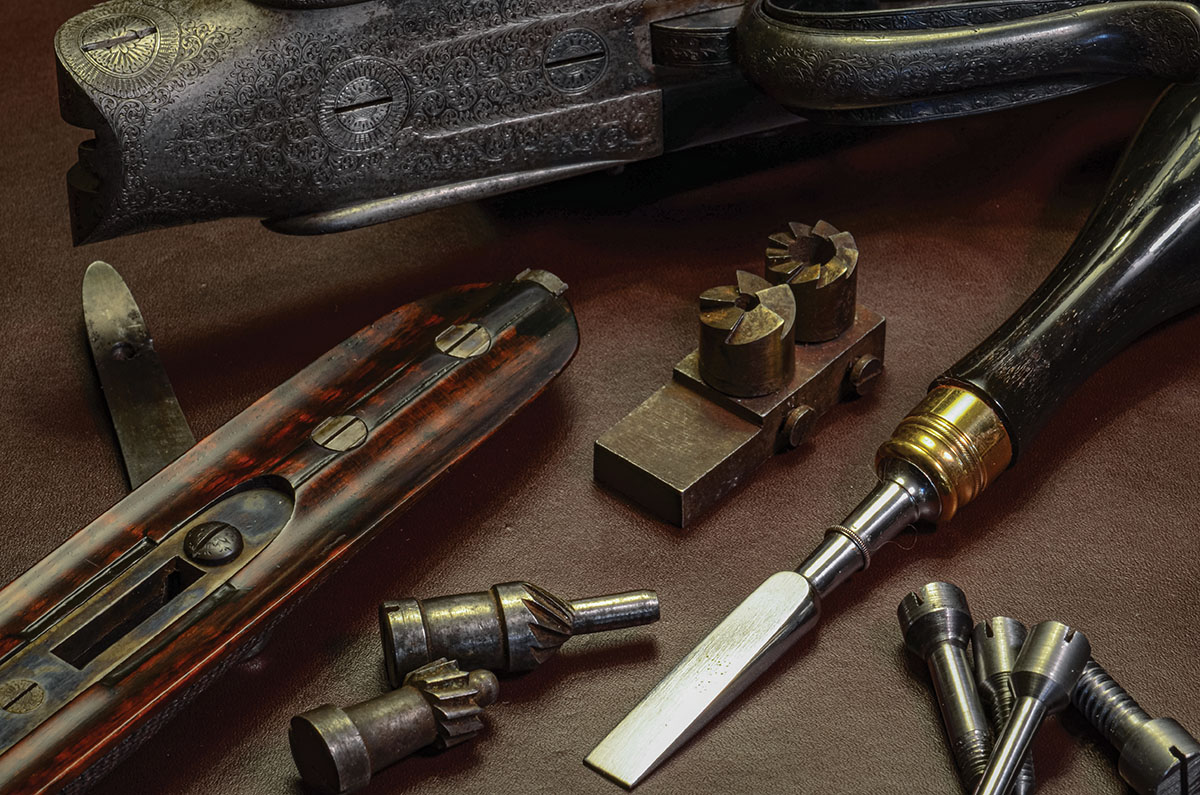
In my own case, however, for the past dozen years, the answer has been easy: A double rifle in 450 Express 3¼-inch by James Woodward & Sons of London, built in 1878. Put simply, it’s a rifle that demonstrates what fine riflemaking can be.

Much of what I am about to write is at least partly conjecture, based on the best information I can find as I investigate the rifle’s life story – and this is a rifle surrounded in mystery. What it was made for is pretty straightforward: It’s a stalking rifle of the classic style, undoubtedly intended for red stag in Scotland during the heyday of Victorian sporting life.
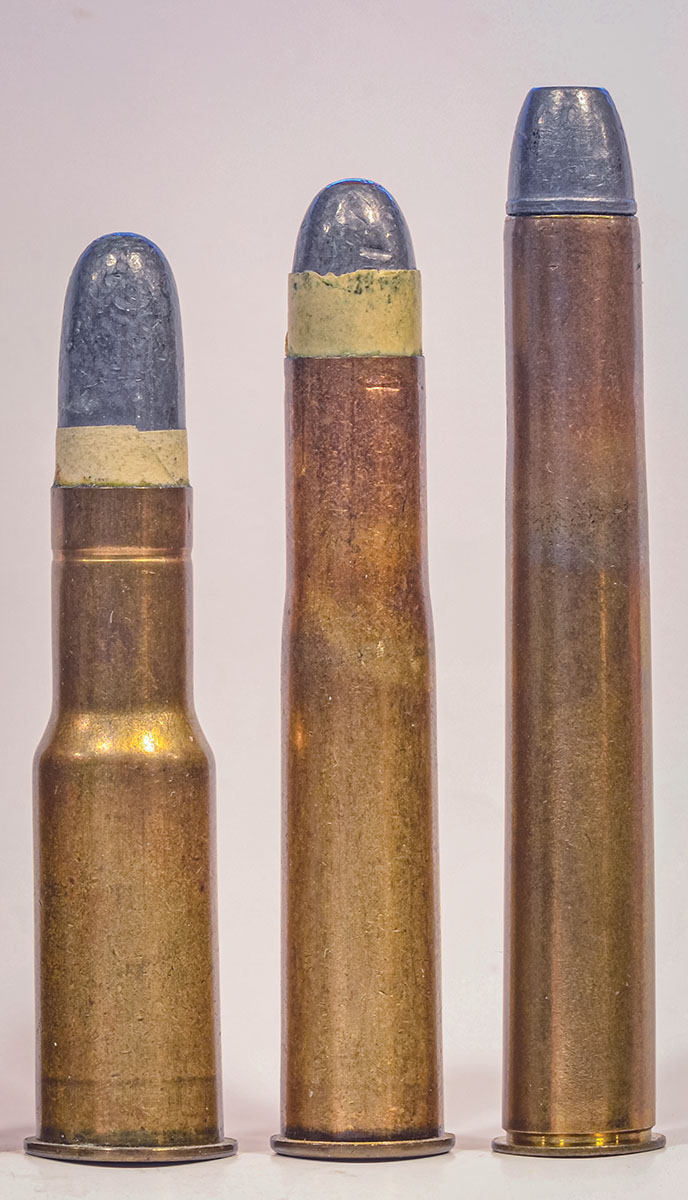
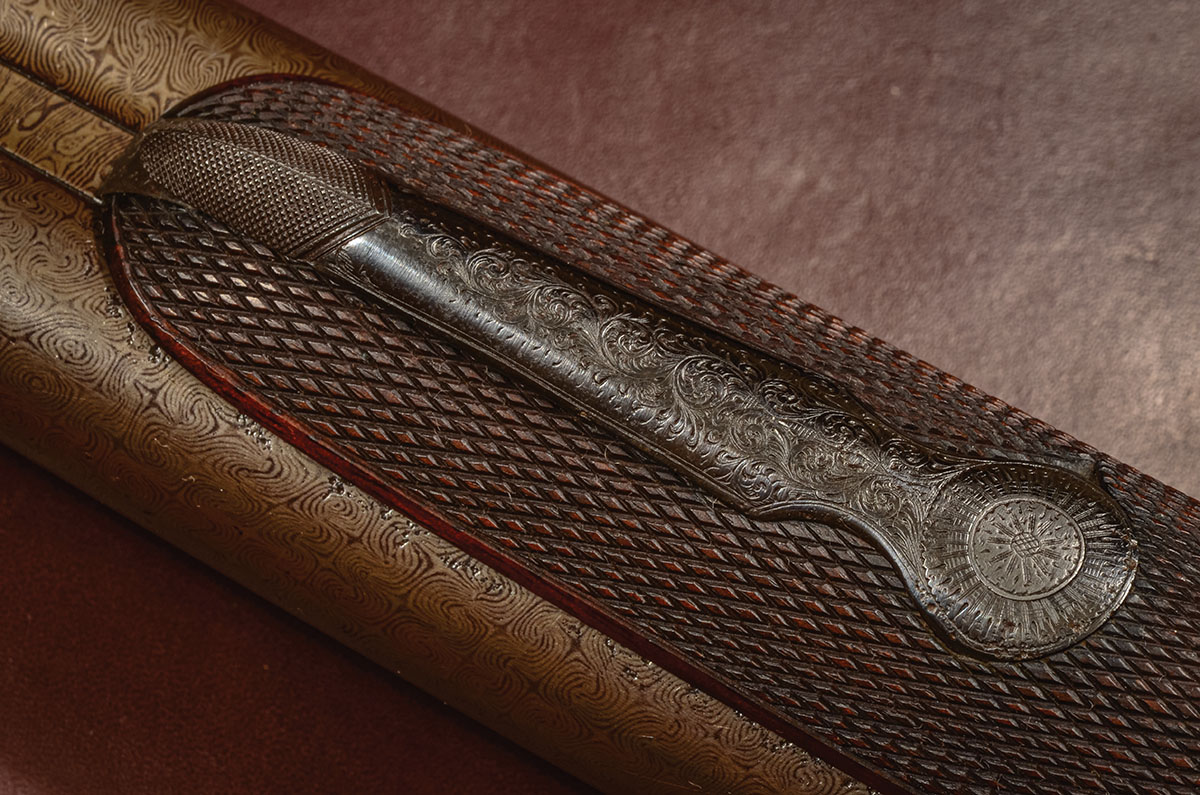
Unlike some big doubles that emerge, battered and thorn-scratched from India or Africa with hair-raising tales to tell, if they could only tell them, this is a rifle that belonged to a gentleman and lived a gentleman’s life in the Highlands. At some point, it was expertly refurbished, which indicates it did not spend its life in a comfortable gun rack but was taken “to the hill” in the rain, crawling in wet heather, on a regular basis. Given its age, it has certainly had several custodians since its original owner went to his reward.
My conclusion is that although the Woodward name is engraved on the rib and the locks, the rifle was actually a collaboration between Woodward and Alexander Henry of Edinburgh, Scotland. In terms of illustrious parentage, a Derby winner should have it so good.
One day in the mid-1870s, a client walked into Woodward’s location on St. James Street and ordered a double rifle but insisted it have barrels with Henry rifling – then state-of-the-art and employed on the British Army’s Martini-Henry rifle. Our imagined client wanted it chambered in Alexander. Henry’s own 450 Express 3¼-inch.
Woodward was happy to oblige, and, given the specification, the most practical approach was to have the rifle barreled by Henry himself, a practice that was common enough in the British gun trade. Whole shotguns and rifles might be made by another firm if they didn’t make such a thing themselves, and as long as the quality was maintained, no one thought twice about it.
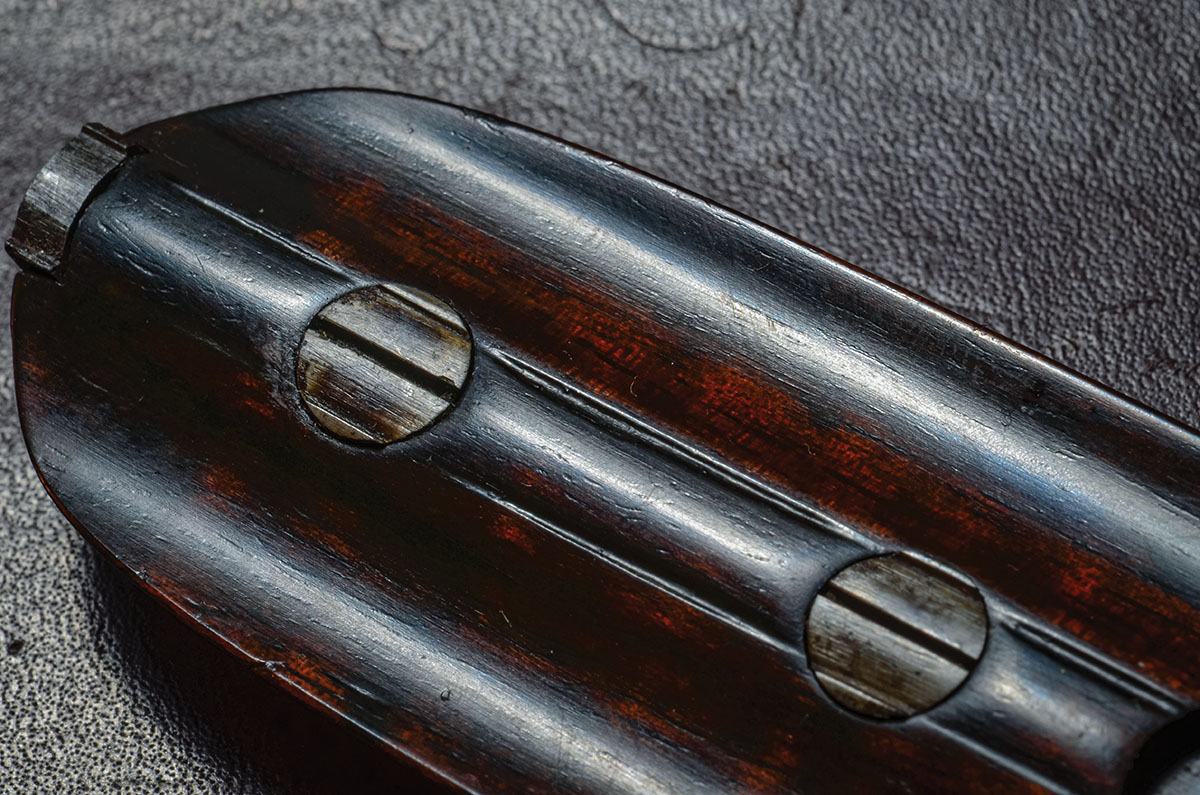
James Woodward & Sons is one of the highest of the high in London names, ranking with Boss & Co. and James Purdey. Throughout its history, in fact, Woodward considered Boss to be its real
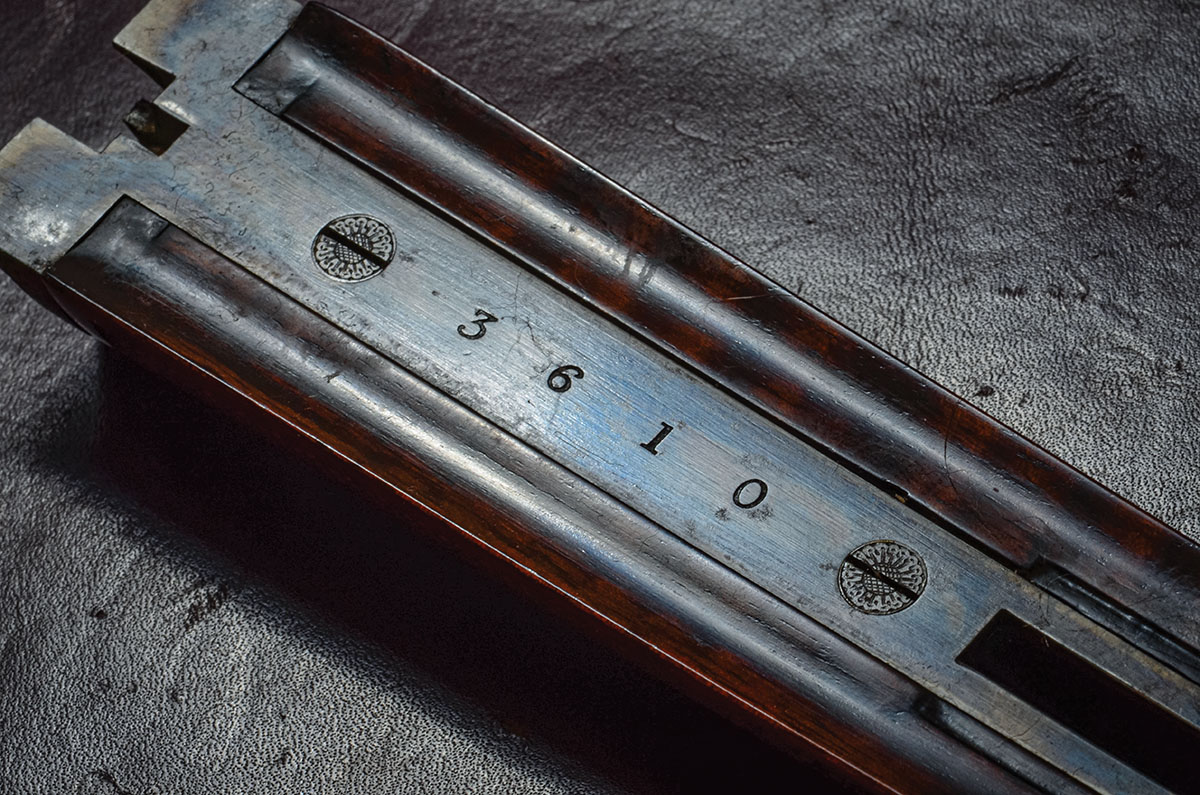
Woodward was both an inventive type and something of a maverick. The firm was willing to do some things out of the ordinary, such as using barrels of unusual length. It also became known for picking finer pieces of walnut for its guns and finishing them in a flamboyant way that James Purdey would never have dreamt of.
When the rest of the trade was adopting the Purdey underbolt combined with the Scott spindle for its bolting mechanism, Woodward preferred a push-
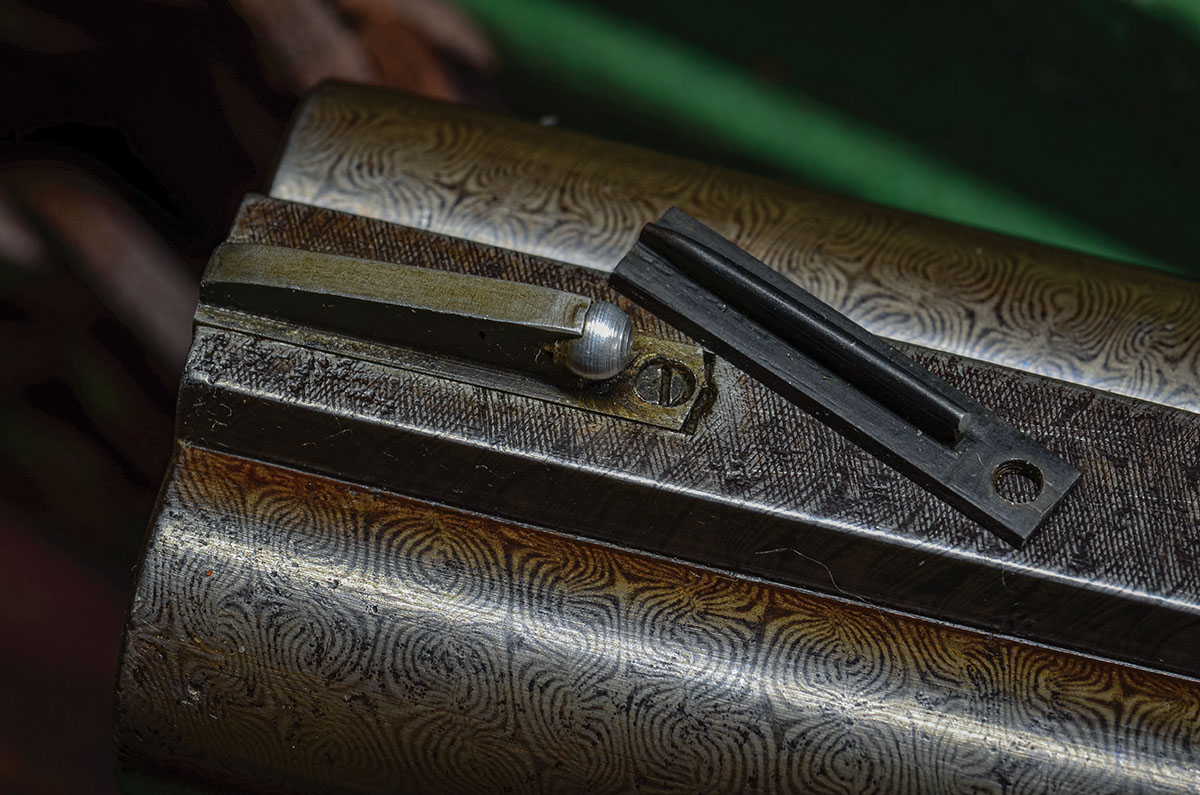
Throughout, Woodward established a reputation for extraordinary finishing and attention to the smallest detail. No nuance was too trivial if it improved the gun’s operation in even the slightest way.
Now for Alexander Henry. This firm, founded in 1853, was famous for its rifles. Alexander. Henry was highly inventive, as well as being a fine shot, active in the volunteer movement that formed militia companies and trained civilian marksmen and for many years pursued military contracts. He invented not only the rifling pattern that bears his name but also a fine falling-block single-shot action and the 450 Express 3¼-inch cartridge. His action lost out to the Martini in the competition to replace the Snider-Enfield because the Martini cocked automatically, whereas Henry’s hammer was cocked manually. His rifling was judged the best and the new rifle was so fitted, hence the name. Henry’s 450 cartridge, however, good as it was, was too long to function in the Martini action, so the military designed the shorter, bottlenecked 577/450 Martini-Henry.
None of this detracted from the sheer quality of Alexander Henry’s rifles, which were renowned from one end of the British Isles to the other. So Woodward would have had no qualms in entrusting their client’s order to their confrère in Edinburgh.
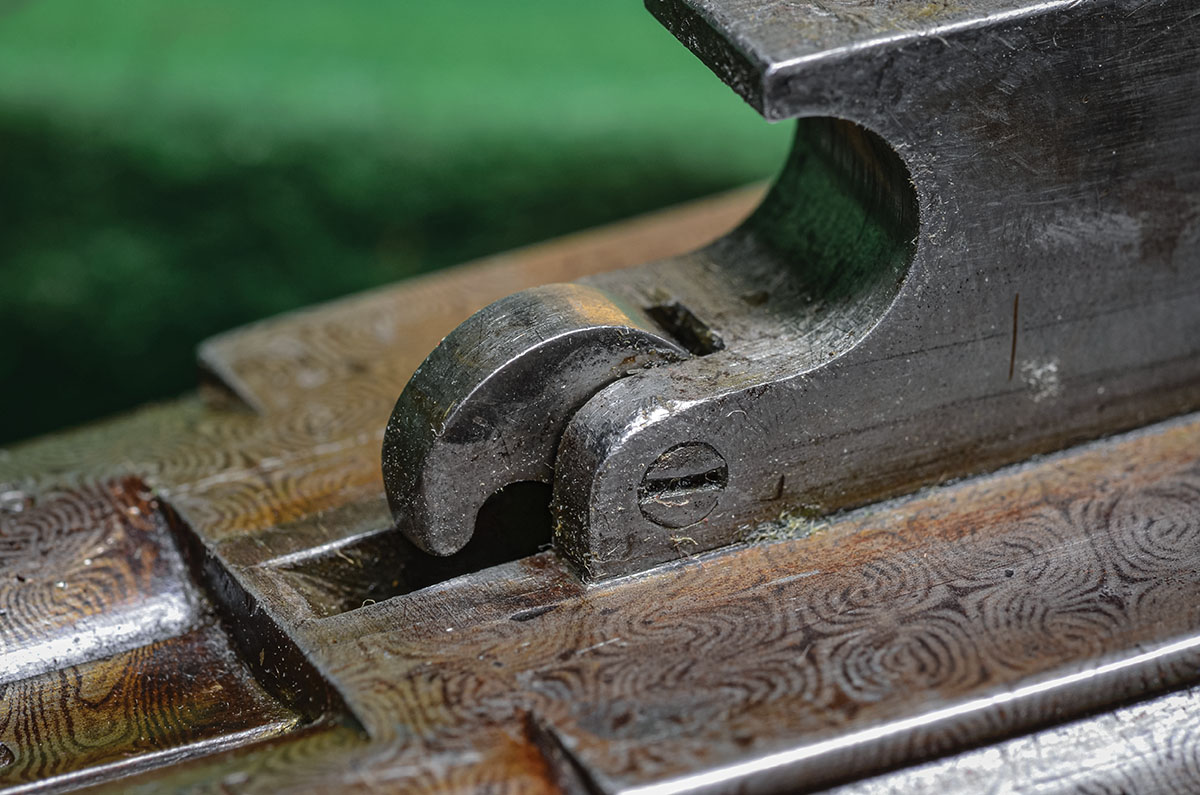
By 1878, there were a few hammerless actions available, and it was obviously the coming thing. External hammers were still popular for some purposes, but most now were fitted with rebounding hammers, patented by John Stanton in 1867 and quickly adopted throughout the trade. They replaced traditional hammers, which had a half-cock position, and, in rifles, “stalking safeties” that bolted the hammers at half-cock.
The rifle here has Purdey underlugs, but the sliding bolt is operated by the snap underlever rather than a Scott spindle and top lever. It also has a third bite in the form of a doll’s head. This was common at the time, especially on rifles, as there were nagging doubts (long since dispelled) about the strength of Purdey underlugs.
The forend is held in place by a Harvey lever. By 1878, the more modern forend attachments were the Anson plunger or Deeley & Edge latch, but the older Harvey (sometimes called a Rigby lever because that company preferred it for rifles and used it extensively) was more positive and less prone to accidental opening. Again, a nod to the perils of crawling through spiky, grabby heather.
The barrels are marked “JW&S” because Woodward’s did not want any name but their own on any part, but both tubes are marked with Henry’s patent-use numbers: 237 and 238. Oddly, for a rifle of this vintage, they are 26 inches long instead of the more common 28 inches. Shorter barrels might cost a few feet per second in this era of black powder, but apparently, the client felt they would make up for it by being handier and less prone to snagging.
The tubes themselves are Damascus, as are the ribs. The top rib is ever so slightly file cut and rises at each end to form an island for the sights. The rear sight is two-leaf open (standing for 150 yards, folding for 250), while the front sight is a prominent moon sight on a removable blade held in place by a set screw. It’s accompanied by a replacement blade with a very very fine bead, and they can be switched easily.

Considering that this rifle is nearing 150 years old, the stock is remarkably modern in its configuration. It has a radiused pistol grip typical of Scottish rifles with a tang that extends down to the horn grip cap. The overall shape is very close to what we would term “American classic” and has a cheekpiece with a shadow line. The checkering on the grip extends from the tang on one side all the way over the top and down to the tang on the other side. Checkering on the forend is full coverage and is very well done everywhere.
A couple of points on nuances.
It’s traditional on British ‘best’ guns that all of the screws (or pins, as they generally call them) are timed. That is, the slots are all aligned from front to back. Timing pins in this way is finicky and time-consuming, but it’s worth the effort for one reason: If a pin starts to back out, you can tell at a glance; if you tighten a pin and find it goes beyond the proper alignment, then you are getting some wood shrinkage that may require some attention; conversely, if it does not turn far enough, the wood is swelling.
None of this is possible with the machine screws in use today on mass-produced rifles. With a hex, Phillips, Robertson, or Torx head, the only way to tell if it’s tight is to get out your turnscrew and tighten it. Many sneer at timed screw slots as a wasteful affectation, but in the wilds of Africa, or the rain-soaked Scottish Highlands, it can be vital.
The two forward pins of the Woodward forend, visible only when the forend is removed, are not only perfectly timed but sculpted to match the cylindrical wood surrounding them.
The rifle has another nuance, and this is one I have seen only on Woodward shotguns and rifles.
With extractors, the normal way of pushing them out as the gun opens is with a post on the knuckle of the frame that presses on the ends of the extractor rods as the barrels drop. Woodward supplemented this with a comma-shaped cam inset into the forward lump. As the gun opens, the post contacts the cam and rotates it, pushing the extractors out. This not only makes the operation smoother, it reduces wear between two steel surfaces.
A small thing? Certainly. Finicky to a fault, but it gave Woodwards an extra little something, and the company considered every little something well worth doing if it improved performance in even the slightest way.
That is how the best British gunmakers gained and kept their reputations.
The rifle weighs almost exactly eight and a half pounds, which is about a pound light for a double rifle in 450 Express 3¼-inch, but it’s quite comfortable to shoot. This is due, at least in part, to its stock dimensions. The original owner must have been someone of about my size because the rifle fits like a glove and comes up to my eye like a game gun.
It’s impossible to tell, at this late date, exactly the sequence of events in the production of the rifle. Its serial number does not appear in the Woodward numbers book (now owned by Purdey), but that is not unusual with a rifle commissioned from outside. The patent-use numbers on the barrels clearly indicate they were produced by Alexander Henry. How the balance of the work was divided between Edinburgh and London is anyone’s guess.
These, alas, are mysteries that will abide since all the witnesses are long since gone. Meanwhile, I like to take the rifle out of its case, put it together, and lean it against a bookshelf so I can admire it as I work. It reminds me of what a rifle can, and should be, and these days, all too often is not.


